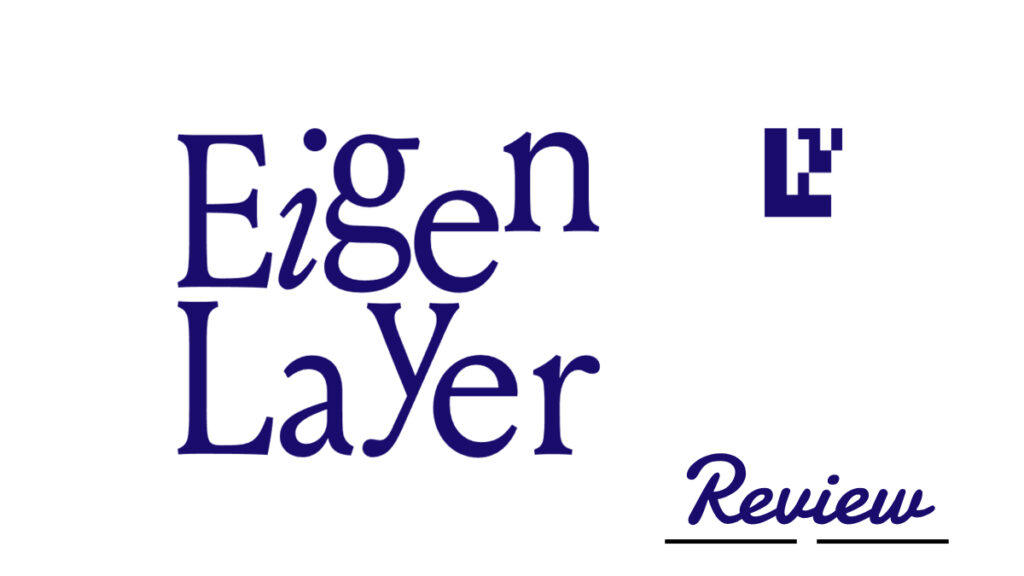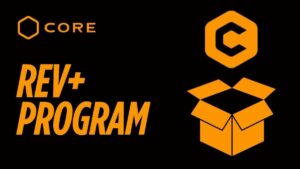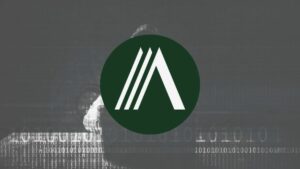EigenLayer is being one of the projects that is arousing the most interest within the crypto ecosystem in general and Ethereum in particular. But what is the reason for this sudden success?
In this article, we will analyze what EigenLayer is and why it is one of the most chosen alternatives by both developers and investors. The new concepts and technologies it is introducing, may be the beginning of a real revolution for the entire cryptocurrency space. Let’s see why:
What Is Eigenlayer?

EigenLayer is an innovative protocol in Ethereum that introduces the concept of “restaking”, a mechanism that allows reusing ETH and Liquid Staking Tokens (LSTs) at the consensus layer. This feature allows Ethereum participants to reallocate their staked assets, strengthening security for various applications and gaining additional rewards. With this important contribution, EigenLayer marks a significant advance in improving Ethereum staking infrastructure and boosting network security.
The core utility of EigenLayer lies in its ability to diversify Ethereum’s security. Participants can re-stake their ETH, contributing to the security of multiple services. This not only reduces the capital burden for participants, but also strengthens trust guarantees for each service, playing a crucial role in the Ethereum ecosystem.
EigenLayer emerges as a solution for decentralized services on Ethereum and eliminates the need for these services to build independent trust networks, fostering an environment conducive to decentralized innovation and governance.
How Does EigenLayer Work?
Starting with Restaking, EigenLayer allows holders who have ETH staked to reuse those assets to validate new software modules in the Ethereum ecosystem, such as consensus protocols, data layers and oracles. This helps secure these modules by aggregating the security of the deposited assets rather than splitting it between different services, making the network more secure and efficient.
The protocol consists of three key elements: restakers, operators and actively validated services (AVS). Restakers put their ETH or liquid staking tokens (LSTs) into the system and receive rewards for doing so. Operators facilitate the operation of the software and can be validators and service providers. AVSs are the services that require validation and can include fast-purpose layers, oracles and more.
EigenLayer allows decentralized application developers (dApps) to access Ethereum security without having to build their own trust network. This can generate a huge influx of new projects, making EigenLayer one of the leading solutions for improving scalability and expanding the Ethereum ecosystem.
Responsibilities of Restakers and Operators in EigenLayer
In EigenLayer, restakers and operators play key roles in the ecosystem. Restakers are key to extending Ethereum’s decentralized trusted marketplace. Their participation is essential to complete the ecosystem, as only by expanding the volume of restakers will this goal be achieved.
Restakers can participate in the ecosystem directly with EigenLayer or through a liquid restaking platform. In addition to EigenLayer, there are already a number of liquid restaking providers developing their products. Among them, GenesisLRT and Renzo Protocol are the only ones offering a direct ETH staking service, managing all the restaking processes in their backend.
Once restaking is done, users choose different operators to commit their restake. Like Ethereum validators, EigenLayer protects against malicious behavior by imposing slashing conditions on operators’ actions.
Therefore, the roles of restakers and operators are closely related. Operators must ensure optimal performance to attract restakers, while restakers, in turn, must conduct thorough research and exercise due diligence to protect their assets from being slashed. This dynamic relationship underscores the importance of both parties in maintaining system stability and security.
Active Validation Services (Avs)
In EigenLayer, Active Validation Services (AVS) play a crucial role in driving the ecosystem to its full potential. These services unlock a wide range of possibilities for Ethereum developers by using EigenLayer smart contracts to gain programmable trust from the Ethereum network.
AVSs enable developers to launch a variety of blockchain systems, such as fast finality layers, data availability layers, virtual machines, maintenance networks, oracle networks, bridges, AI inference/training mechanisms, and committees for trusted execution environments. In addition, AVSs set the rates charged for services running under their system.
EigenDA, developed by EigenLabs, is the first AVS to be implemented. This service, is designed to scale horizontally, allowing capacity to increase as more operators join the network and addresses one of Ethereum’s main challenges: scalability. EigenDA is also characterized as a data availability service built on Ethereum, which includes its own economic security and decentralization. In addition, it is economically efficient, flexible and customizable in terms of payment models for roll-ups.
What Is ETH Restaking?
We have already seen in broad strokes what the functions of this new concept are and what it brings to the ecosystem, let’s now analyze it in more depth. Ethereum restaking via EigenLayer involves using already locked ETH tokens to secure additional protocols, potentially increasing rewards.
Here’s how it works:
In Ethereum, staking involves blocking a certain amount of ETH to help secure the network and earn rewards. Validators commit to producing Ethereum blocks and maintaining the integrity of the network in exchange for these rewards.
With restaking, individuals can simultaneously staking their ETH on Ethereum and also on other protocols through EigenLayer. This extends the trust and security provided by Ethereum validators to these other protocols, and allows users to earn additional rewards from both networks.
EigenLayer facilitates restaking across smart contracts deployed on Ethereum. Users can choose between native restaking, where they directly stake their ETH on EigenLayer, or liquid staking derivative (LSD) restaking.
In general, restaking offers the potential for increased rewards, but users should be aware of the risks, including the possibility of penalties or “slashing.”
Main Features Of Eigenlayer

EigenLayer offers several functionalities to enhance security and decentralization in the Ethereum network. One of the key features is Custom Decentralization, which allows native Ethereum participants to choose to secure services that require a high level of decentralization. For example, some services may require native-only participation to optimize censorship resistance. EigenLayer also ensures that off-chain software container requirements are minimal, making it easier for native participants to participate.
Another important feature is Custom Slashing, which provides cost-effective security through penalty mechanisms, increasing the cost of any corruption attempt. Each service deployed in EigenLayer has a penalty contract that specifies the conditions and terms of the penalty.
By opting to restake with a particular service, participants accept the risk of being penalized if they violate the rules of the contract. Those who opt to restake with EigenLayer earn additional rewards, while validators earn additional revenue from the services that benefit from their validation operations.
Finally, Operator Delegation allows participants to delegate EigenLayer operations to operators who are responsible for running the services’ software modules on their behalf. Participants choose operators based on their trust, the rewards they offer, and their preferences for specific services.
Those who want a minimal trust approach always have the flexibility to be their own operator. These combined functionalities make EigenLayer a versatile protocol that can significantly improve security and decentralization in the Ethereum network.
CONCLUSION
EigenLayer is perhaps one of the projects with the greatest growth potential in the short term. Its innovative Restaking features, as we have seen, are one of the main attractions for cryptocurrency investors to participate.
And this opportunity to generate extra returns with cryptocurrencies also allows other projects and DApps to ensure better and more secure operation.
All this is catapulting EigenLayer and, in the short to medium term, it can become one of the main players in the cryptocurrency world.











